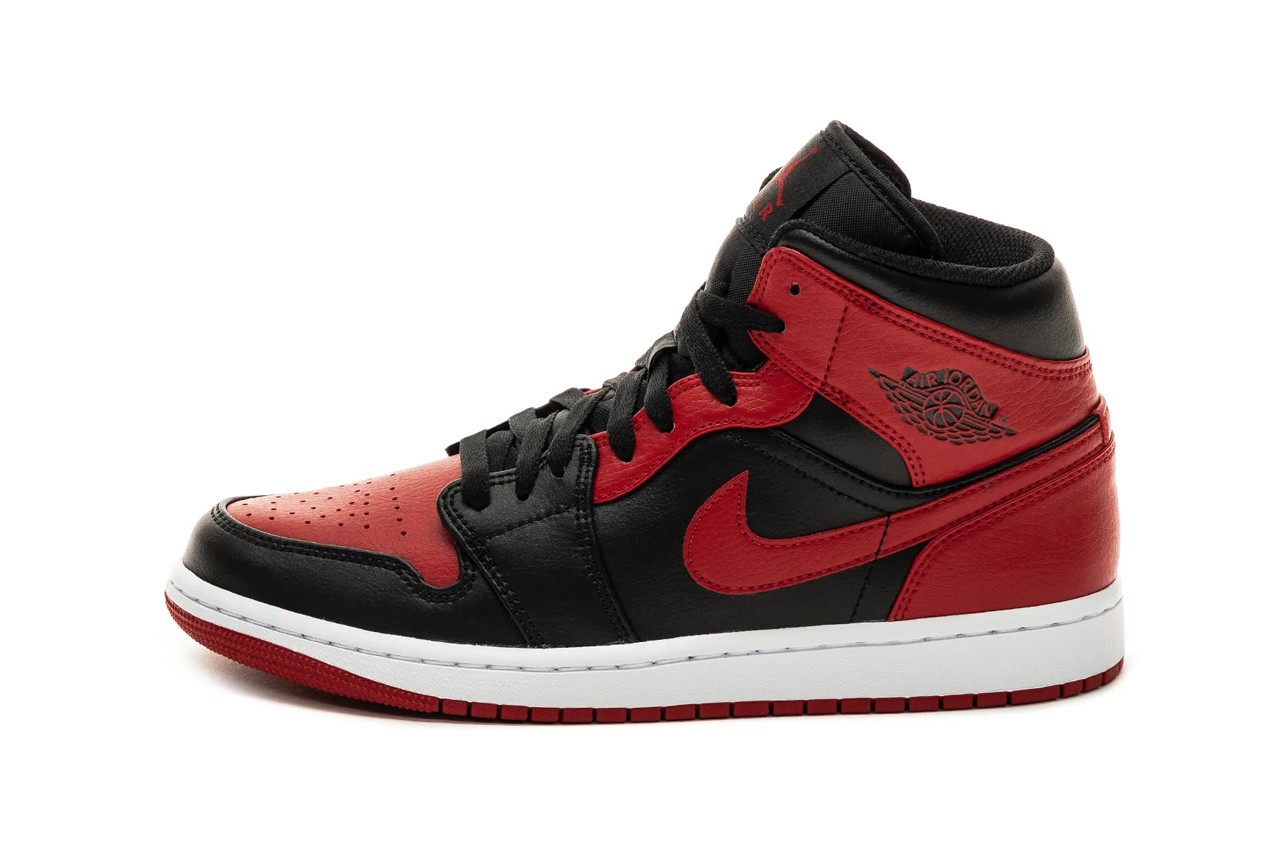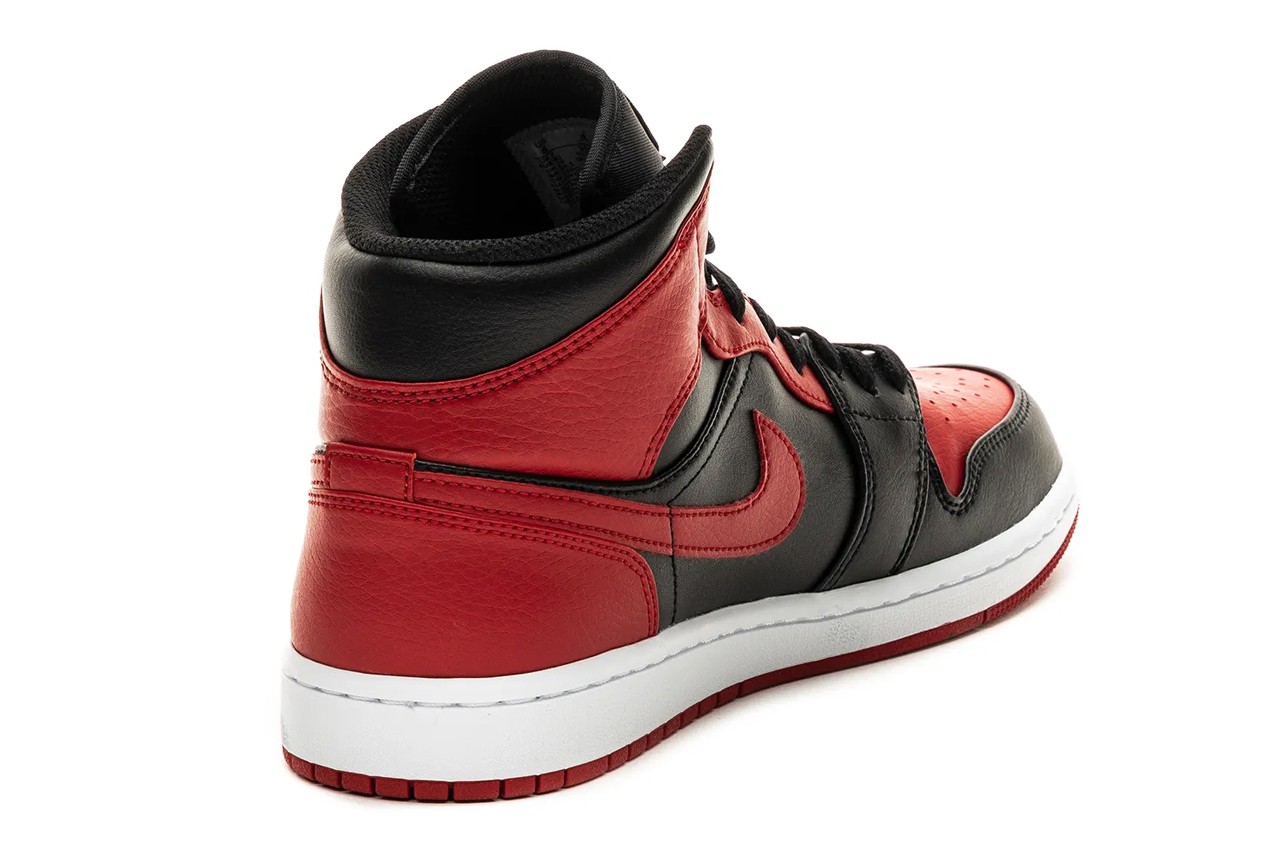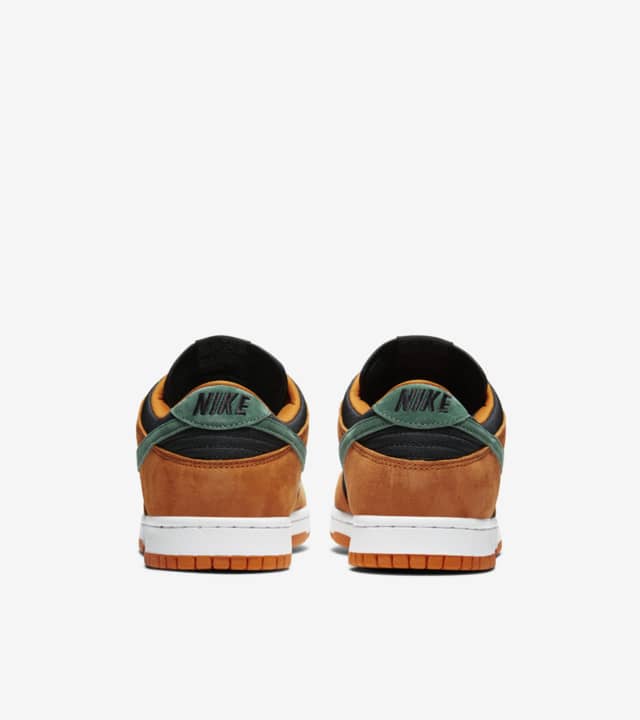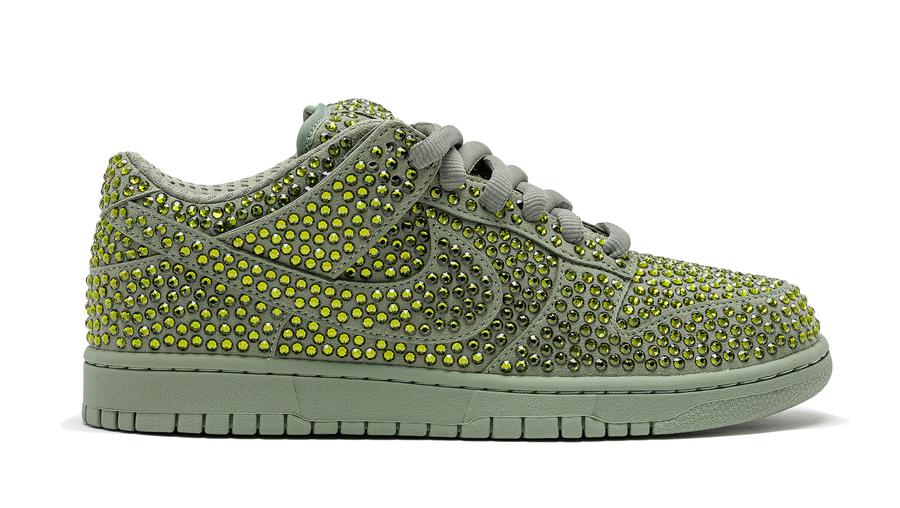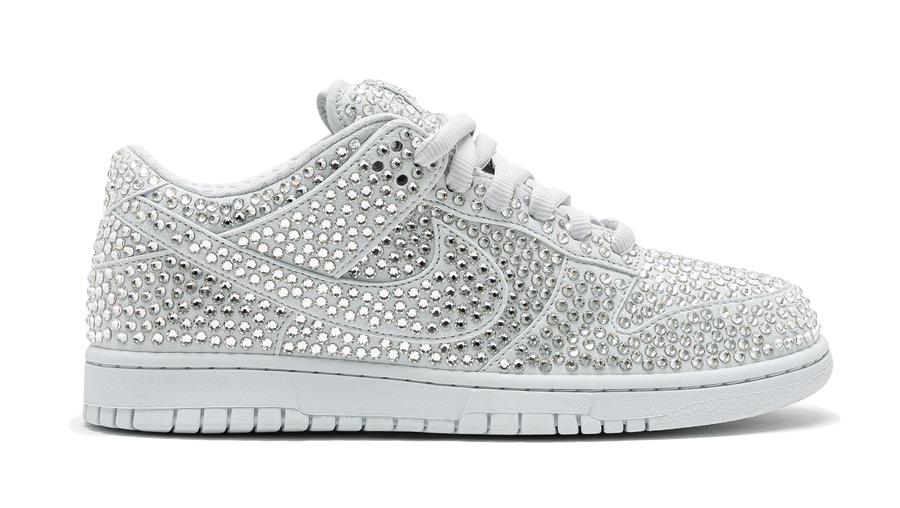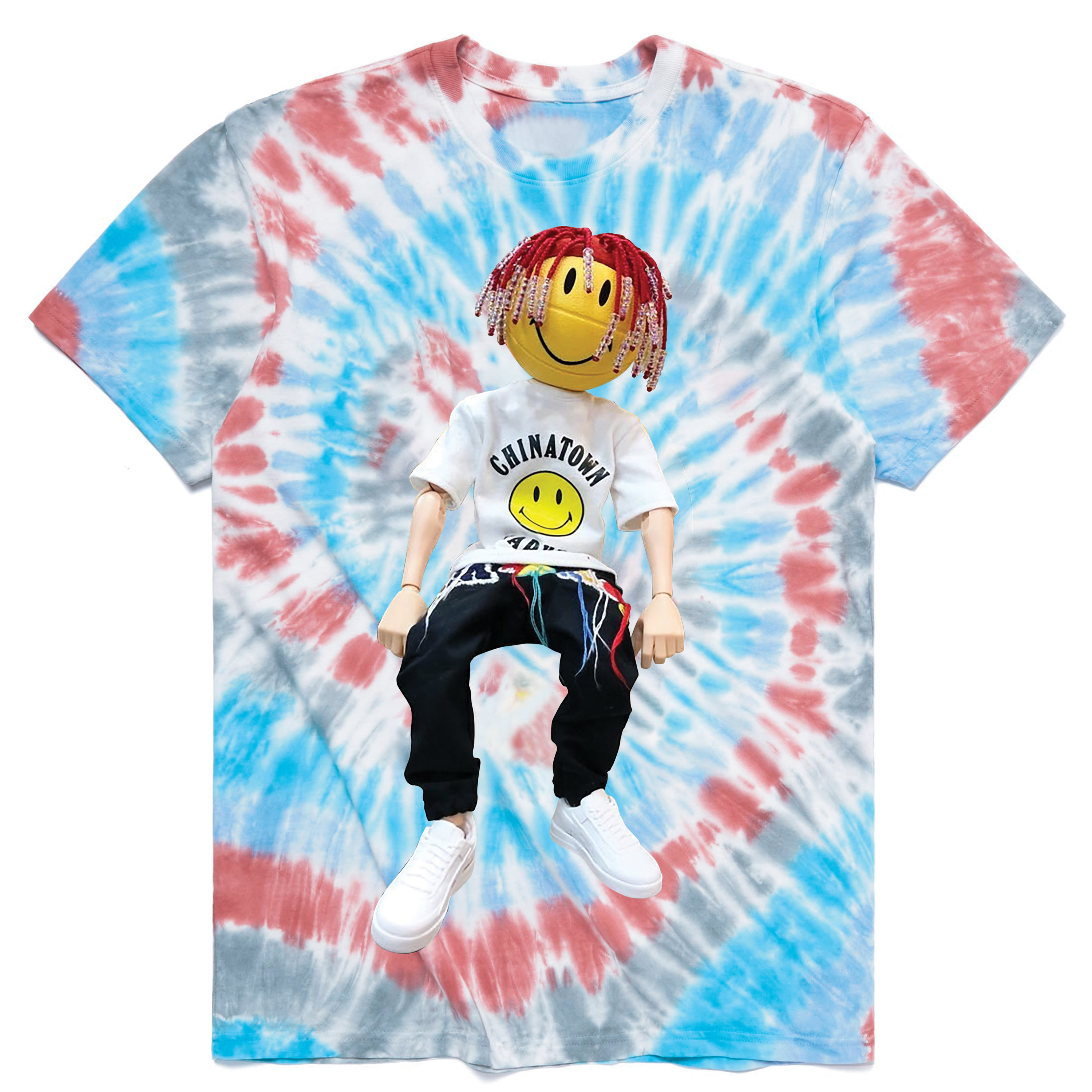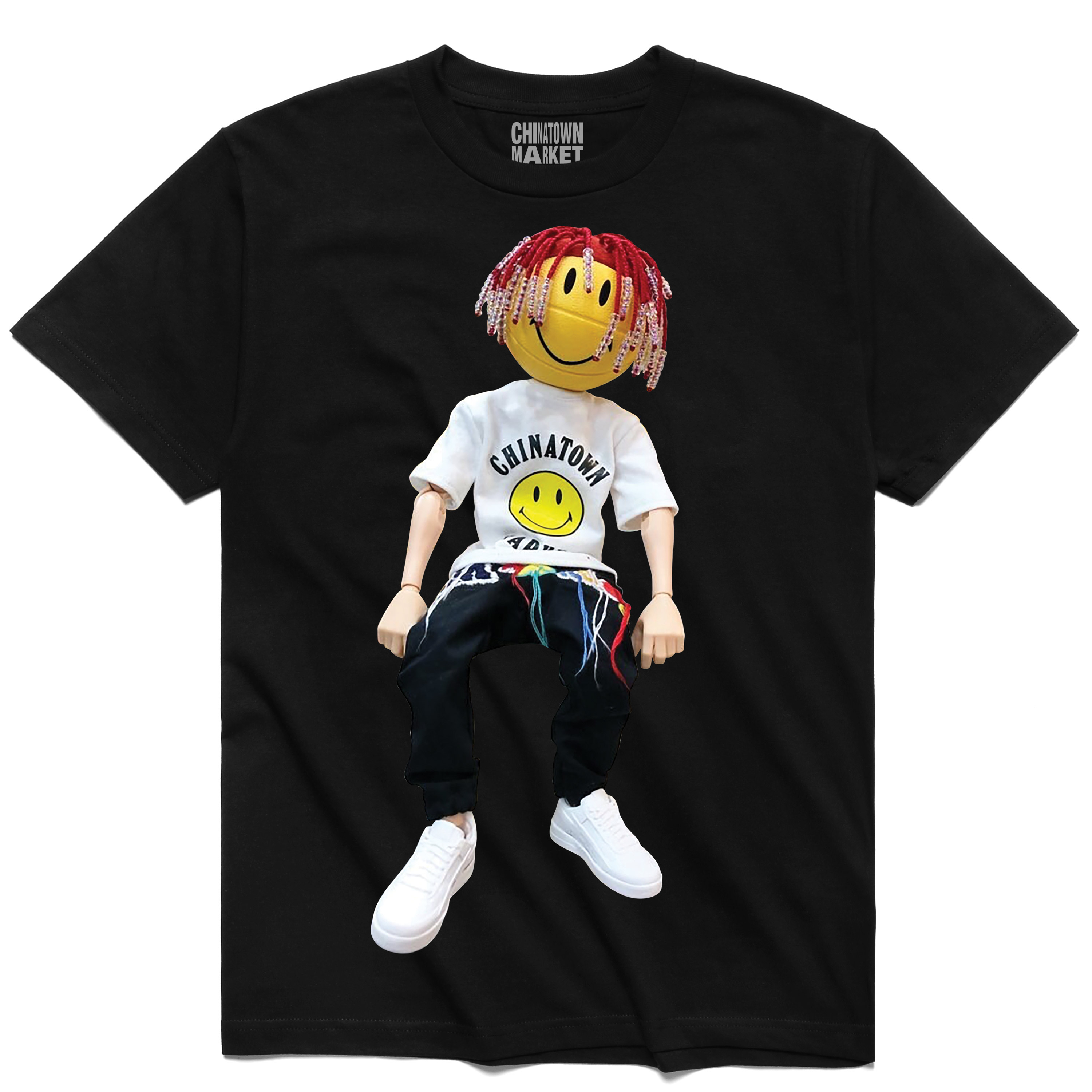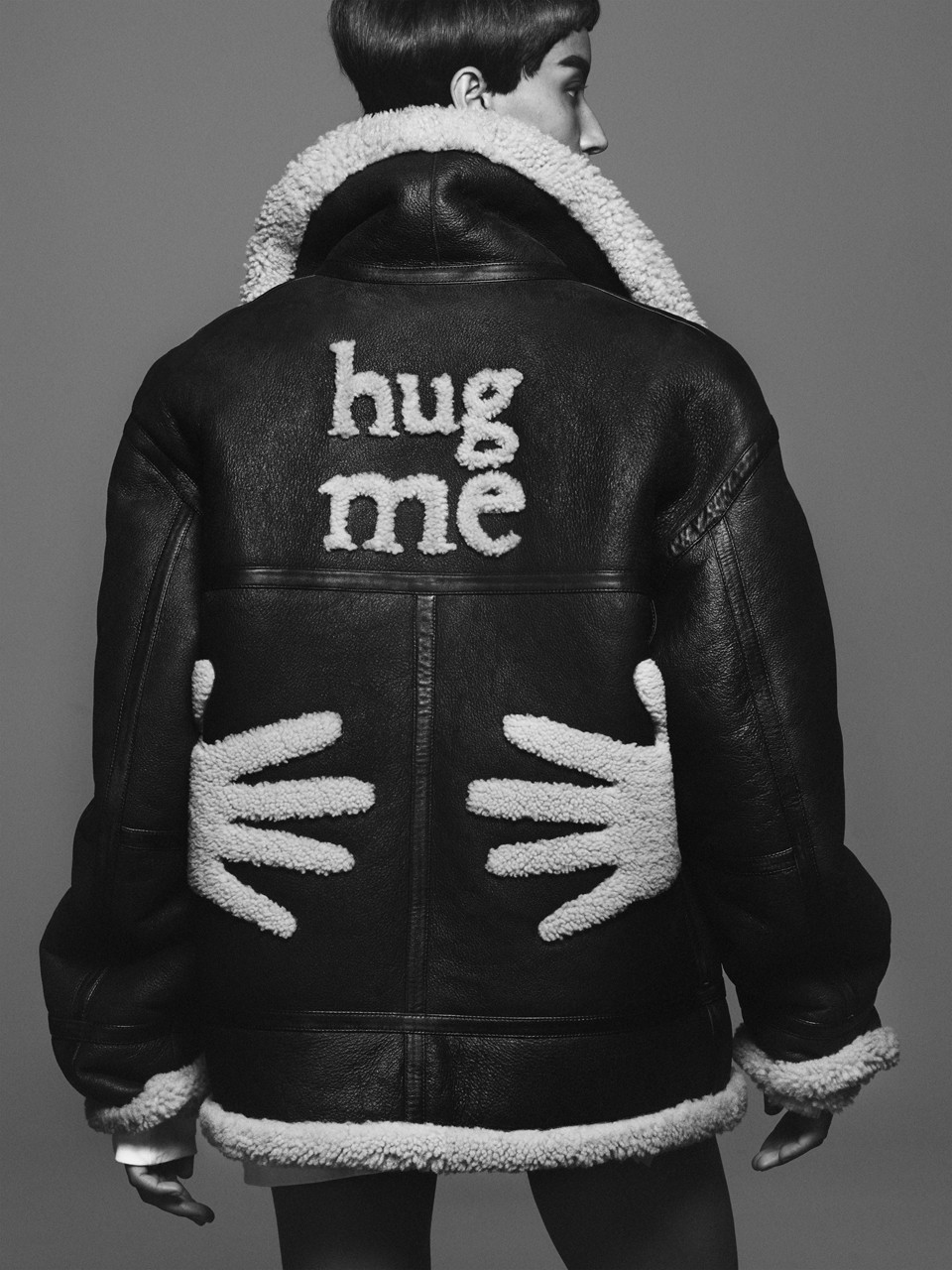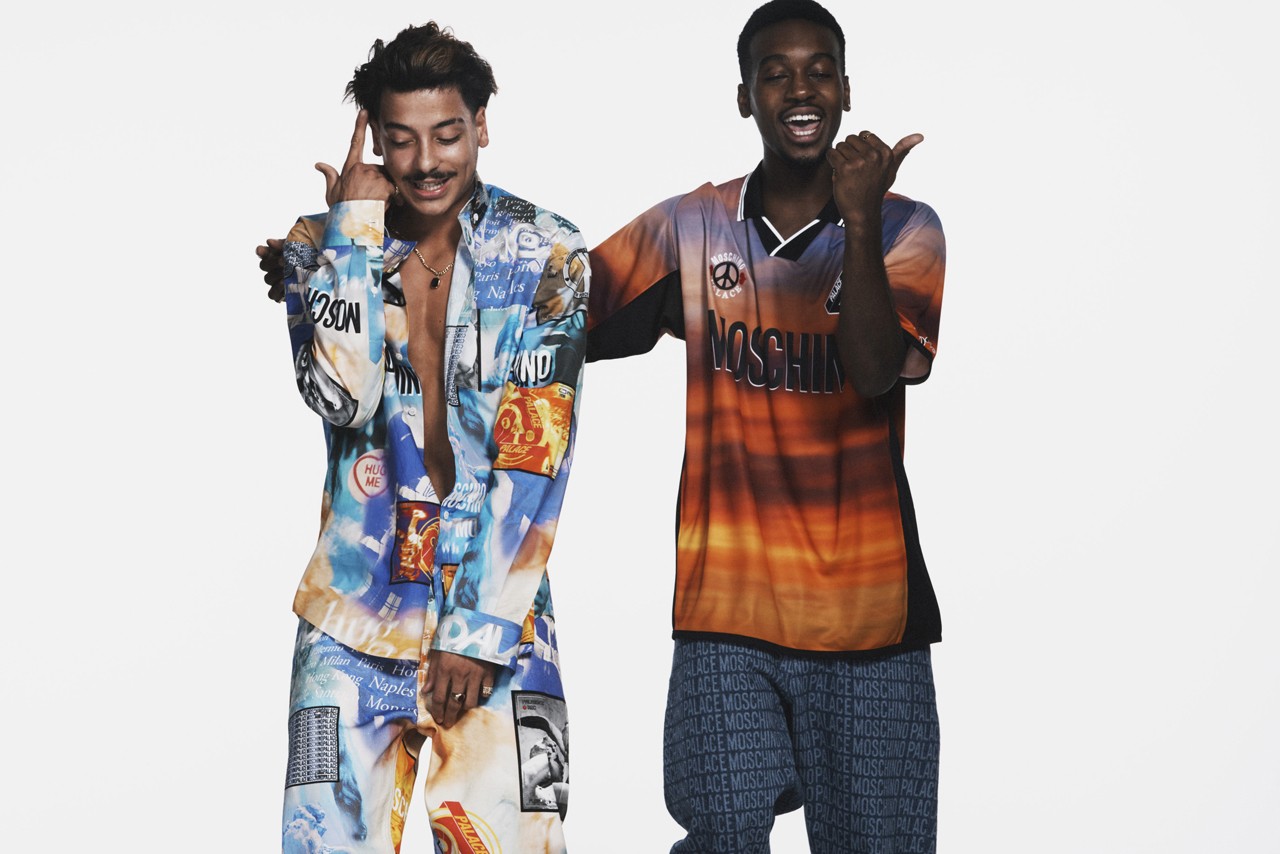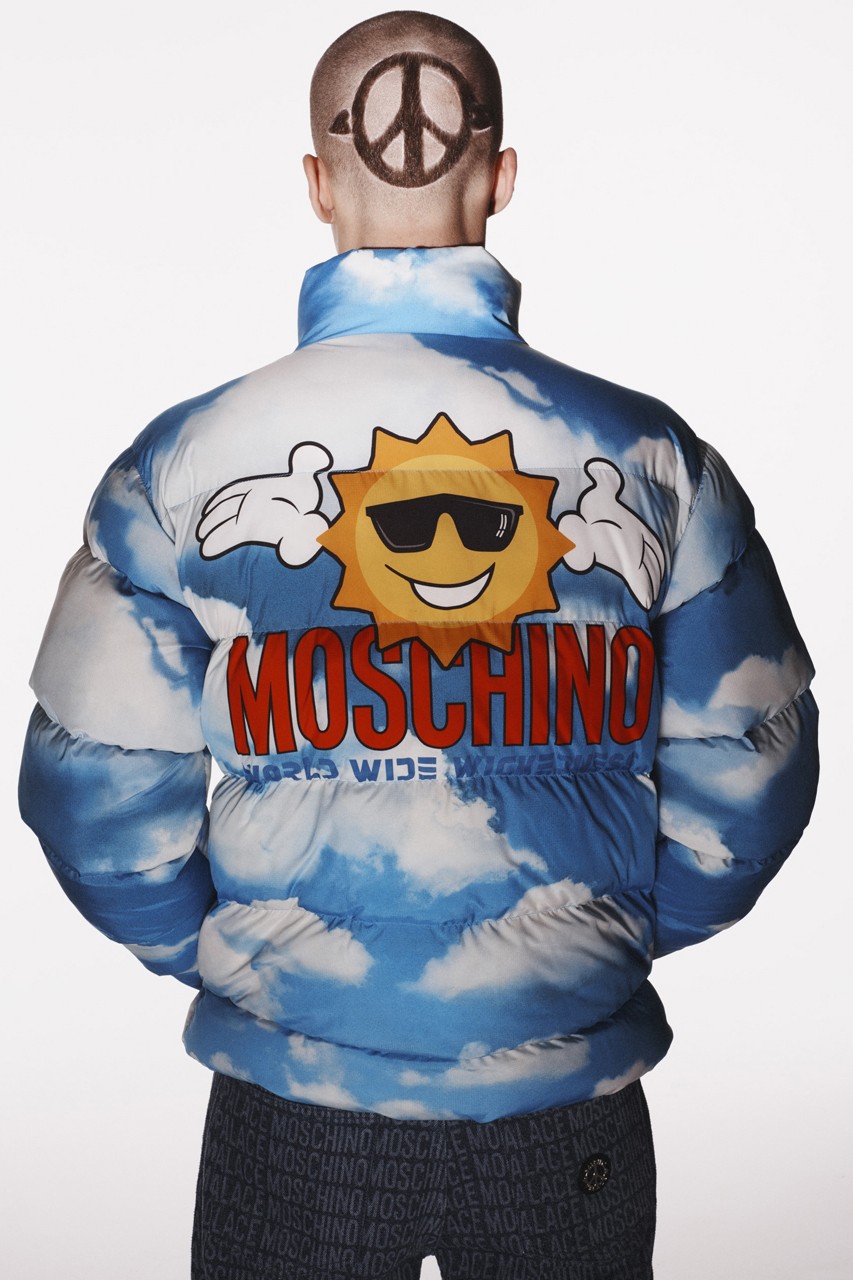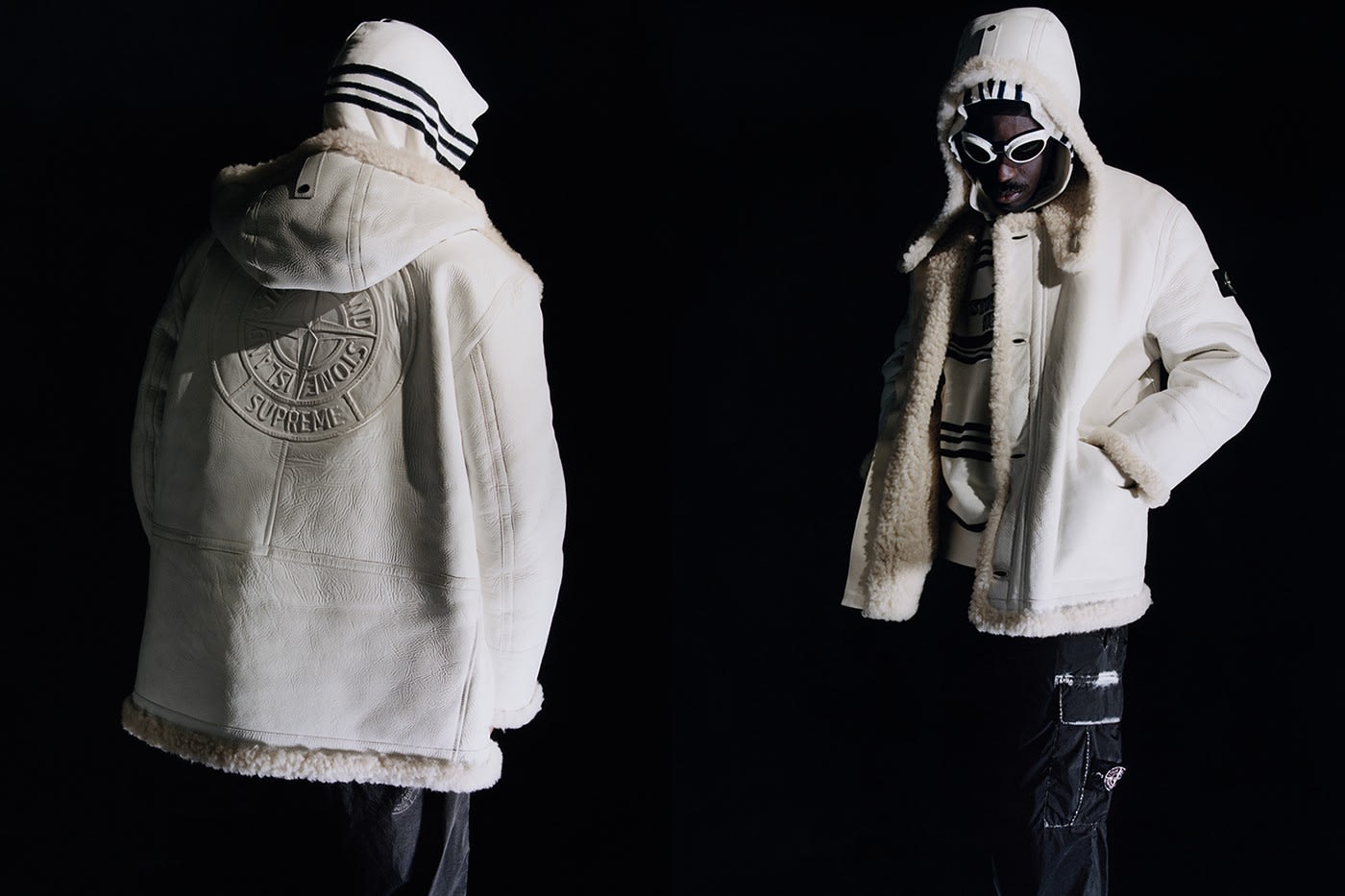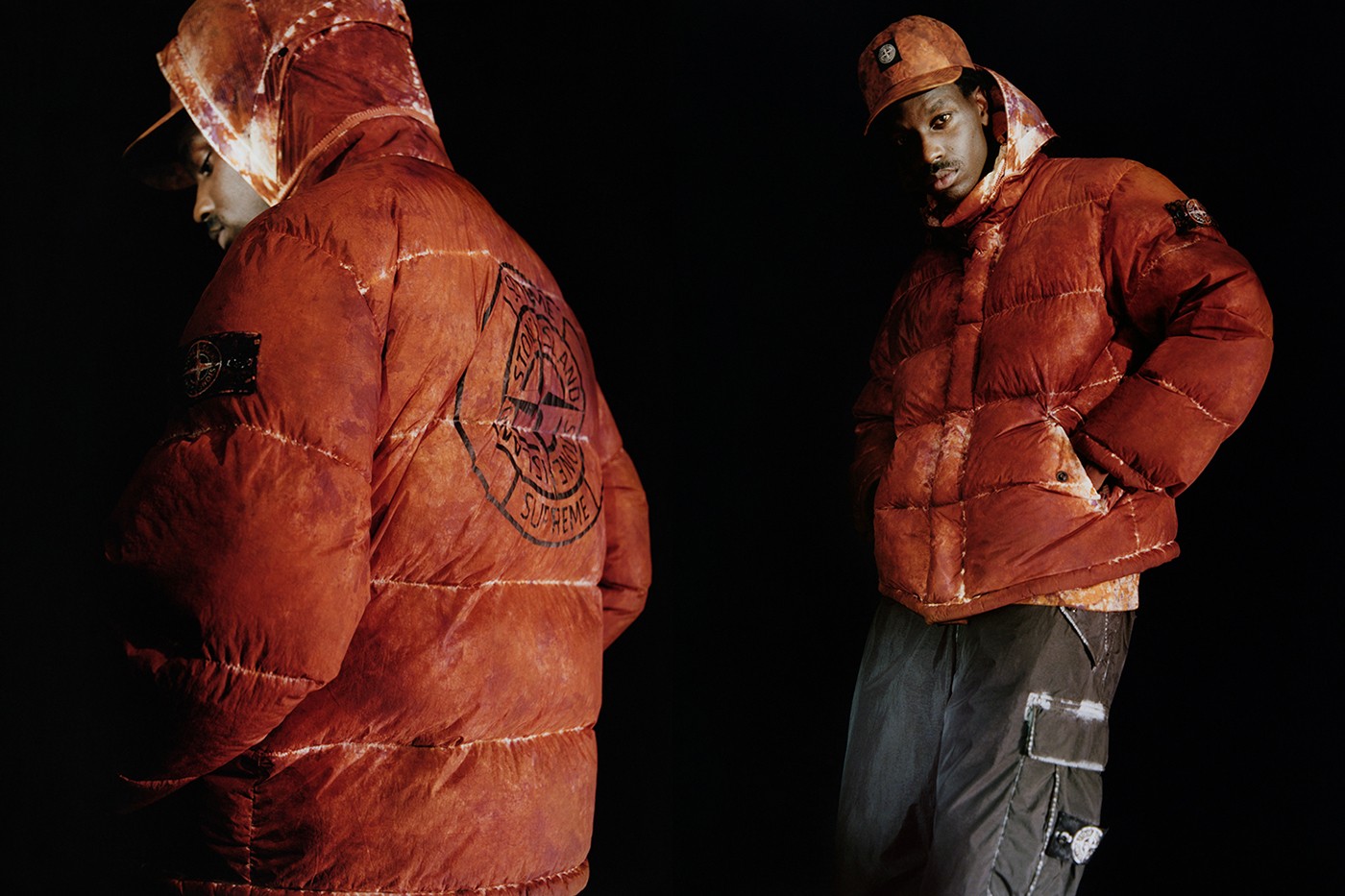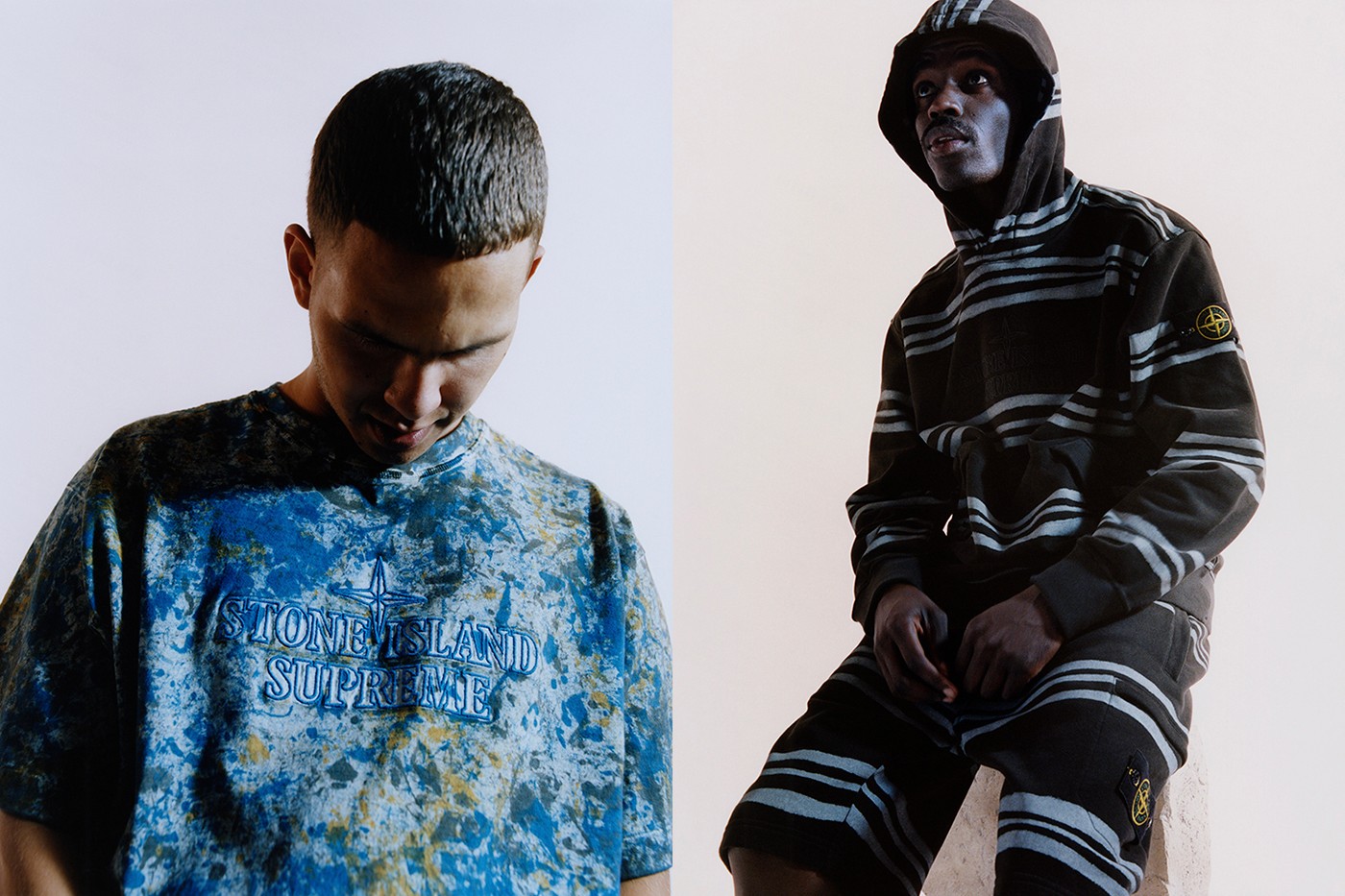
If you take a look at the shelves of your local grocery store and see that they’re overflowing with Christmas sweets, you’re sure to recognize that even though fall feels like it’s still ramping up, the holidays and winter are upon us. Soon, you’ll have to start thinking about what beers to stock up on for those nights when snow makes going outside impossible.
We’ve had so much fun with fall spirits and beers that we’re not ready to give up on the season just yet. That’s why we went looking for some beers that could help us transition between chilly and cold. You know, those in-between times. To help, we tapped ten of our favorite bartenders — who kicked us their picks for the best beers to bridge fall and winter.
Atlas Rowdy
Can Coskunkal, the director of operations for Street Guys Hospitality in Washington, DC
Rowdy from Atlas Brewery is my pick. It perfectly complemented with bitterness and peppery, floral notes. It’s super easy to drink with a very clean finish.
Houblon Chouffe
Chris Johnson, beverage director at Oaxaca Taqueria in New York City
It may just be nostalgia from fall trips to Europe, but this time of year I always lean into Belgians. The Brasserie d’Achouffe Dublin Chouffe Dobbelen IPA Tripel is amazing. Halfway between a classic tripel and an American-style IPA.
Sierra Nevada Celebration
Juan Fernandez, beverage director at The Ballantyne, A Luxury Collection Hotel in Charlotte, North Carolina
Sierra Nevada Celebration. It’s a fresh and hoppy IPA, if you like to drink good hoppy IPAs or IPAs with notes of citrus and mild hops. Celebration IPA will give good winter notes of spice and sweetness. The hops will give you mountain fresh green notes, like fresh pine, crisp, floral aromas, malt notes, and a nice ale color.
Concrete Beach Havana Lager
Hayden Miller, head bartender at Bodega Taqueria y Tequila in Miami
Concrete Beach is still keeping it real with their Vienna-style Havana Lager. The malt is present without being overbearing, making it almost drink like an Oktoberfest. Perfect for those days when it might be too warm for a stout but calls for a change of season.
Side Project Inevit
Andy Printy, beverage director at Chao Baan in St. Louis
When you’ve had enough Marzens, but not quite ready to go full stout/ porter season yet, dark-fruited sours are the jam. Side Project Brewery in St. Louis has collaborated with Jester King in Austin for Inevit. A fruited sour with raspberry, cherry, and blackberry. It’s dark and dank, with enough dark berry and tartness to treat your palate in this time of seasonal transition.
Oskar Blues Death by Coconut
Seth Falvo, bartender at The Hotel Zamora in St. Pete Beach, Florida
There are subtle beers, there are not-so-subtle beers, and then there is Death by Coconut by Oskar Blues. This insanely coconut-forward porter is one of my favorite seasonal beers. It’s light-bodied enough to be a great fall porter, but the flavors are rich and decadent enough for the holiday season.
As an added bonus, this beer ages exceptionally well, with the milk chocolate and coffee notes really coming forward as this beer gets older.
Goose Island Bourbon County Stout
De’Ann Wellwerts, beverage director at City Works Eatery & Pour House in Pittsburgh
Goose Island Bourbon County Stout – This is a Chicago favorite. An Imperial Stout, this beer is brewed and released once a year with small tweaks each year. This beer also ages very well, I have several bottles cellaring at my house to enjoy after they age for a few years. You get chocolate, malty, vanilla notes in this beer, with some sweetness from the bourbon barrel aging process. After you age this beer, it becomes smoother and the sharpness of the hops dies down and becomes even silkier with almost a dessert-like finish.
I’m excited just thinking about it.
Tröegs Master of Pumpkins
Alex Clark, bartender at Square 1682 in Philadelphia
Master of Pumpkins by Tröegs Brewing Company. For me, it’s not quite cold enough yet to pick up a heavy stout, so I go for this one earlier in the autumn for a slightly lighter brew. I find that many pumpkin beers taste way too sweet or artificial, but this beer has the pumpkin sit in the background with cloves and other spices on the front.
It’s perfectly balanced for the season.
Yellowhammer Midnight Special
Nicholas Wyatt, bar manager at Teddy’s Bourbon Bar in Prattville, Alabama
Yellowhammer Midnight Special is the perfect beer to bridge those seasons. It’s rich enough to warm you in the cold without being overpowering. It’s filled with notes of deep, dark roasted malts with a slight bitterness on the back palate.
Guinness Stout
Benjamin Pozar, bartender at Red Brick Craft Distillery in Philadelphia
When I switch to Guinness, I know that it’s wintertime. I’ll have any beer, whenever, but in winter — Guinness is every other beer. It’s rich, dark, malty, and perfect as the seasons change.








